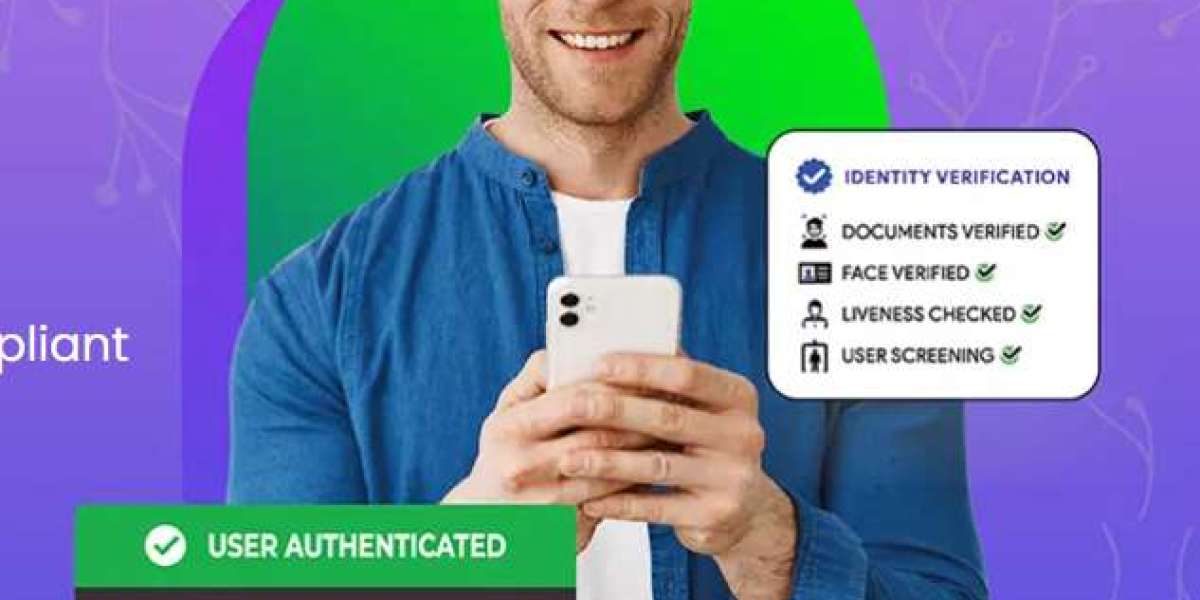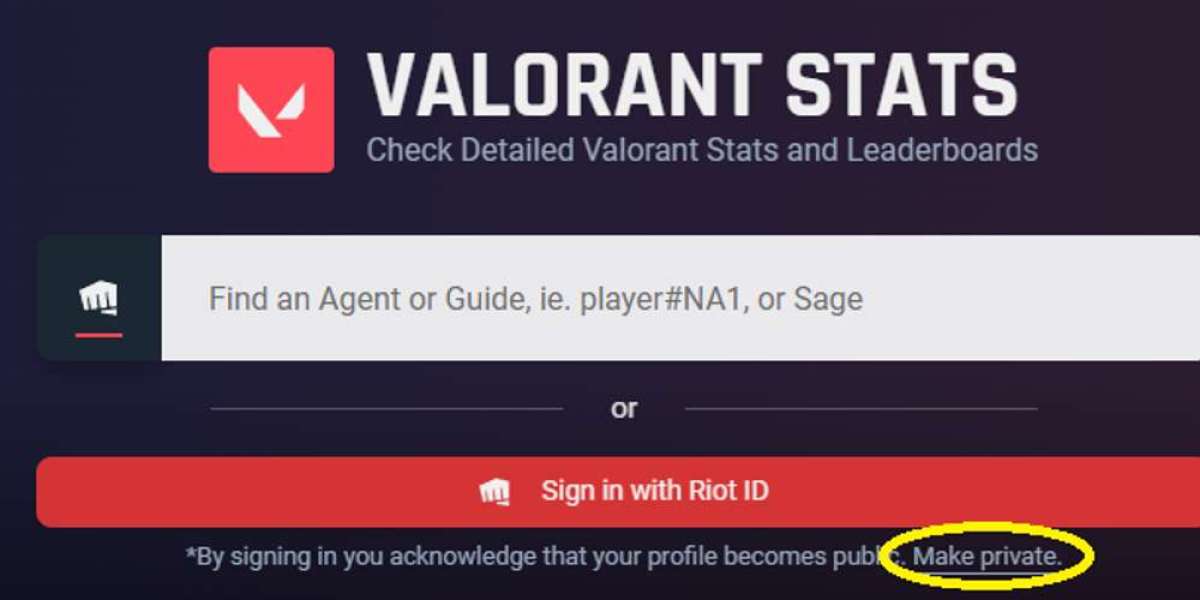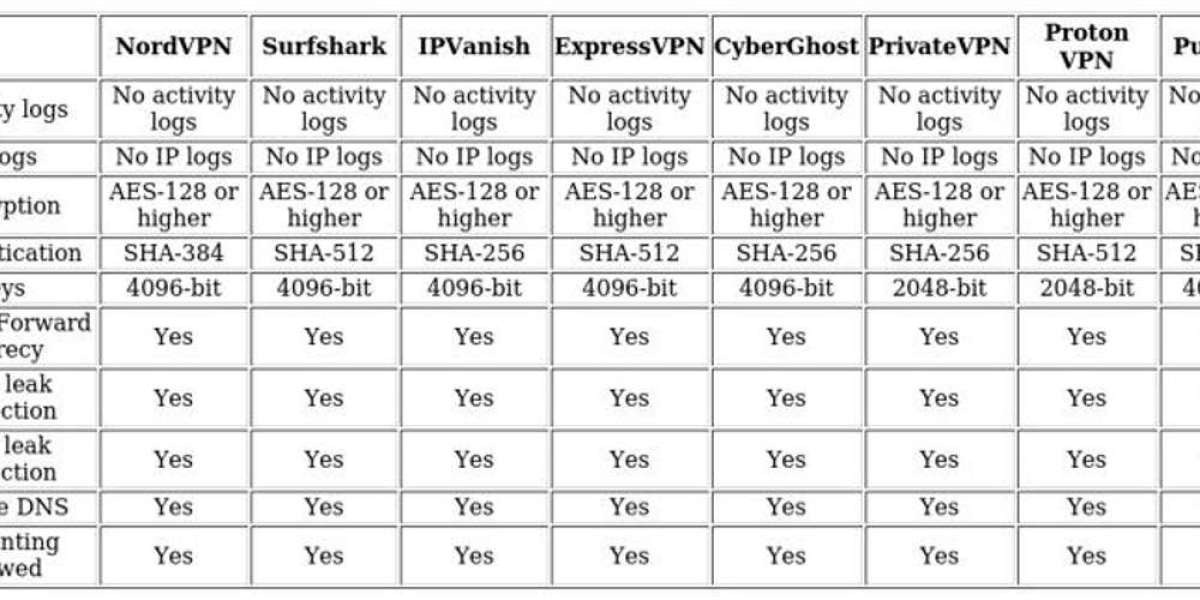In today's digital-first world, identity fraud is evolving rapidly. As businesses shift towards remote onboarding and digital authentication, ensuring that the person behind the screen is real and present has never been more important. This is where Face Liveness Check and Face Match Verification come into play—two critical technologies enhancing digital identity verification.
What is Face Liveness Check?
Face Liveness Check is a biometric security feature designed to determine whether a face presented during a verification process is live or spoofed. Spoofing can involve photos, videos, or even 3D masks. Liveness detection helps prevent such fraud attempts by analyzing facial movements, depth information, and texture patterns in real-time. Advanced AI algorithms can identify subtle changes—like blinking, head movements, or expression shifts—to confirm if the person is genuinely present.
There are two types of liveness detection: passive and active. Passive liveness detection works silently in the background without requiring user interaction, while active detection may ask the user to perform specific tasks, such as blinking or smiling.
What is Face Match Verification?
Face Match Verification, on the other hand, compares a user’s live image (captured during onboarding or login) with a previously stored or uploaded image, such as a photo on a government-issued ID. The goal is to ensure that both images belong to the same person. Face matching uses deep learning models and facial recognition algorithms to analyze facial features—like distance between eyes, jawline, and nose shape—to deliver accurate verification results.
Combined Benefits of Face Liveness and Face Matching
Integrating both face liveness check and face match verification provides a robust, multi-layered identity verification process. This powerful combination:
Prevents identity spoofing
Reduces onboarding fraud
Enhances customer trust
Speeds up digital KYC and AML compliance
Industries like banking, fintech, healthcare, and travel increasingly rely on these tools to secure customer identity during remote onboarding and online transactions.
Final Thoughts
As digital identity threats become more sophisticated, businesses must stay ahead with intelligent solutions. Leveraging Face Liveness Detection and Face Match Verification is not just a trend—it’s a necessity for secure, seamless, and compliant customer experiences.







